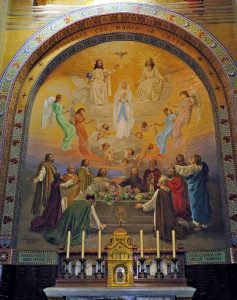The celebration of the Solemnity of the Assumption of the Blessed Virgin Mary is a time for Christians to reflect upon the hope of a future united with Christ, both in this life and in Heaven.
 The Assumption of Mary (Aug. 15, 2020) commemorates the end of Mary’s earthly life and assumption, when she was raised in soul and body to Heaven. It is one of the most important feasts dedicated to the Blessed Virgin Mary and a Holy Day of Obligation when the faithful are required to attend Mass (either in person or via livestreaming).
The Assumption of Mary (Aug. 15, 2020) commemorates the end of Mary’s earthly life and assumption, when she was raised in soul and body to Heaven. It is one of the most important feasts dedicated to the Blessed Virgin Mary and a Holy Day of Obligation when the faithful are required to attend Mass (either in person or via livestreaming).
The hope which the Assumption of Mary demonstrates for all, is a call for everyone, especially for those who are afflicted by doubts and sadness, Pope Francis said with words spoken in 2019, but which remain powerful during the ongoing COVID-19 Pandemic.
In Gospel of St. Luke, used on the Solemnity, the Evangelist records the words of Our Lady as she prays: “My soul proclaims the greatness of the Lord and my spirit rejoices in God my Savior.” (Luke 1:46-47) This is also the opening of the Canticle of Mary: The Magnificat.
Pope Francis said “we rejoice when something so beautiful happens that it is not enough to rejoice inside, in the soul, but we want to express happiness with the whole body… Mary rejoices because of God… she teaches us to rejoice in God, because He does ‘great things.’”
The Holy Father went on to note that for those who are afflicted with doubts and sadness, the Assumption of the Blessed Virgin is a call to look upwards and see that Heaven is open and no longer distant. “We need no longer be afraid, because on the threshold of Heaven there is a Mother waiting for us.”
The Catechism of the Catholic Church describes the Assumption in this way: “The Immaculate Virgin, when the course of her earthly life was finished, was taken up body and soul into heavenly glory, and exalted by the Lord as Queen over all things, so that she might be more fully conformed to her Son, the Lord of lords and conqueror of death.”
This Feast of the Assumption is the oldest celebration of Our Lady. The original celebration was known as the “Memory of Mary” or “Falling Asleep” of Mary for it initially centered on the end of her earthly existence, commonly known as her “dormition.” Soon the name was changed to the “Assumption of Mary,” since there was much more to the feast than the end of her earthly life. The belief that Mary had been taken up, body and soul, into heaven dates to the Apostles themselves.
In 1950, Pope Pius XII defined the dogma of the Assumption of the Blessed Virgin Mary into Heaven, which acknowledge this teaching as an official doctrine of the Catholic Church. Therefore, an ancient belief became Catholic Doctrine and the Assumption was declared a truth revealed by God.
The declaration was to “make our belief in our own resurrection stronger and render it more effective,” Pope Pius XII stated in a proclamation. The proclamation went on to say that the definition of the Assumption “will contribute in no small way to the advantage of human society, since it (reflects and builds up) the glory of the Most Blessed Trinity, to which the Blessed Mother of God is bound by such singular bonds.”
It was also expected that the faithful would be stirred up to a stronger piety toward their heavenly Mother; and that those who meditate upon the glorious example Mary offers be more and more convinced of the value of a human life entirely devoted to carrying out the heavenly Father’s will and to bringing good to others.
Pope Francis said the current devotion that the faithful throughout the world have toward the Blessed Virgin confirms, the earlier expectations of Pope Pius XII.





